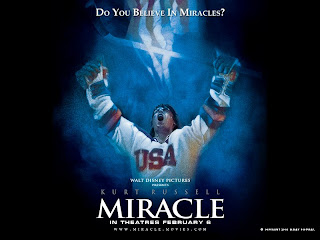Again?

If you have seen the movie “Miracle”, you remember the scene where coach Herb Brooks lines his entire team up on the goal-line and skates them into the ground after they played a sub-par game.
Herb was sending a message to his players:
–> If you can’t work hard and stay focused during the game, there will be a price to pay.
The problem is that coaches everywhere are re-enacting this scene every night with their teams at practice.
They line the players up on boards or across the blue-line and have them skate widths, lengths, circles or laps until players have to drag themselves off the ice.
Coaches may think that they are sending the message by having their players skate “Herbies”, but the truth is that they are sending a very different message to their players…
That SKATING = PUNISHMENT
If the team fails to perform up to expectations, and the coach punishes them by
“skating” them into the ground, it makes sense that the players might develop negative attitudes towards conditioning.
And that is the wrong message to be sending.
On-ice conditioning is a critical piece of the puzzle for teams and players looking to take their game to the next level.
But it has to be used properly.
It is important for players to learn to push themselves when they are already fatigued, as they must be prepared to maintain a high-level of intensity throughout the third period, overtime and the entire season. Players have to understand that this type of conditioning is a part of the season-long plan to improve and not just something the coaching staff decides to do at the last minute to “send a message”.
Coaches must stick to the fundamental principles of hockey-specific conditioning if they want to take their players’ fitness and performance to the next level.
And that means no more “Herbies”.
For a step-by-step on-ice conditioning program, check out the Best Hockey Season Ever here.
Work Hard. Dream BIG.
Your friend and coach,
Kim